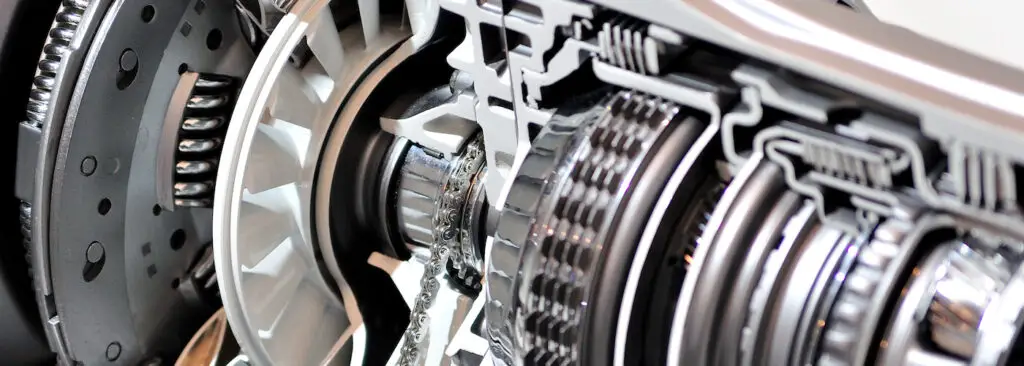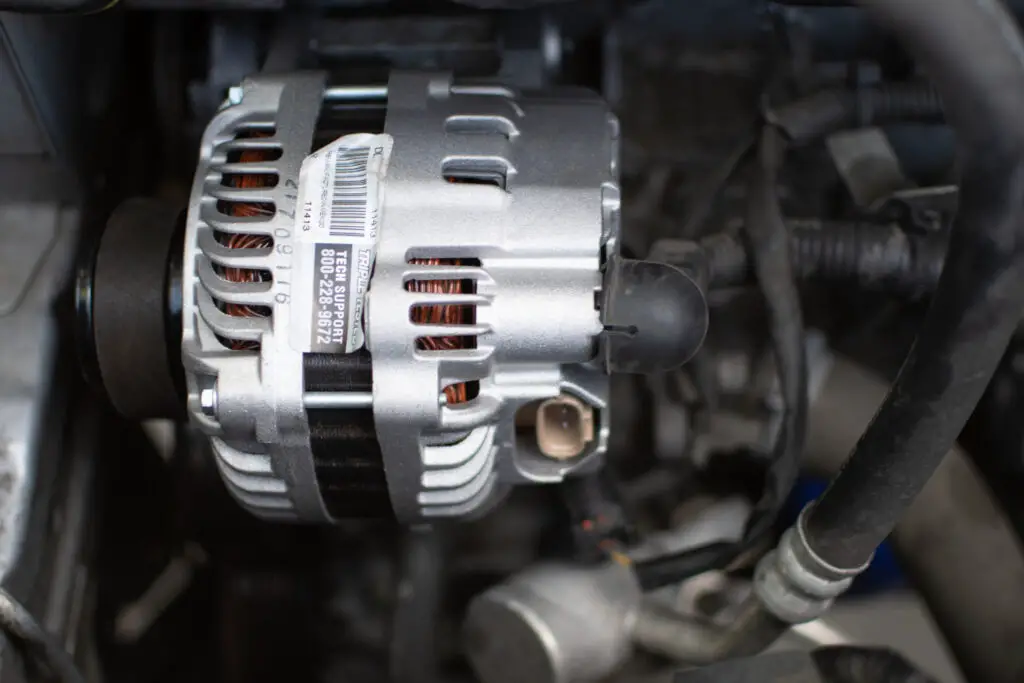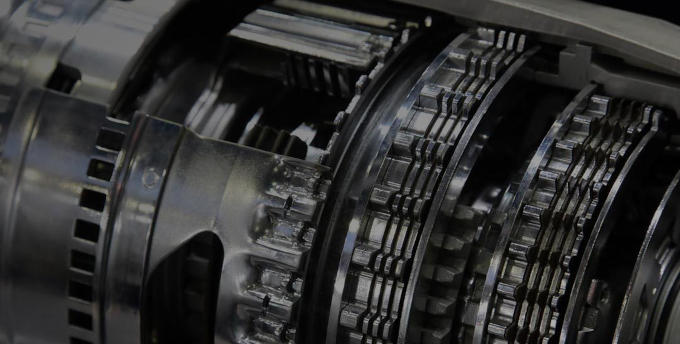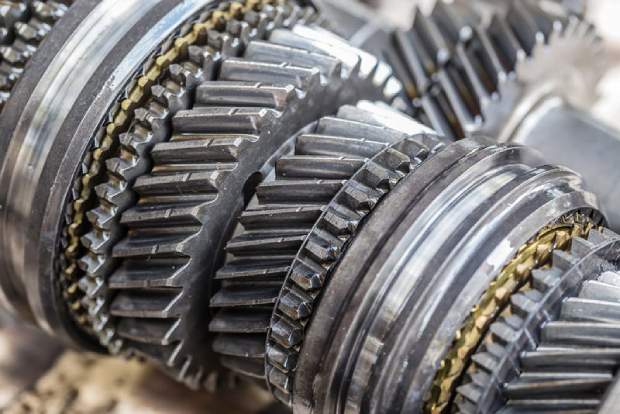If you’ve ever experienced your vehicle’s transmission slipping gears, you know how unsettling and potentially dangerous it can be. Transmission slipping is a common issue that can occur in both manual and automatic transmissions, and it’s important to understand the causes, symptoms, and solutions to avoid further damage or costly repairs.
What is Transmission Slipping?

Transmission slipping refers to the phenomenon where your vehicle’s transmission shifts gears unexpectedly or fails to engage the appropriate gear. This can happen when accelerating, decelerating, or even while driving at a constant speed. When the transmission slips, you may experience a brief loss of power, a sudden surge of power, or a delay in the vehicle’s response to your acceleration or deceleration inputs.
Causes of Transmission Slipping There are several potential causes for transmission slipping, including:

- Low Transmission Fluid Level or Contaminated Fluid One of the most common causes of transmission slipping is a low level of transmission fluid or contaminated fluid. Transmission fluid serves as a lubricant and hydraulic fluid, allowing the transmission to shift gears smoothly. If the fluid level is low or the fluid is contaminated, it can lead to increased friction and wear, causing the transmission to slip.
- Worn Clutch or Bands In automatic transmissions, the clutch and bands are responsible for engaging and disengaging gears. Over time, these components can wear down, leading to slippage. In manual transmissions, a worn-out clutch disc or pressure plate can cause the clutch to slip, resulting in gear slippage.
- Faulty Solenoids or Sensors Modern transmissions rely on a complex system of solenoids and sensors to control the shifting process. If any of these components malfunction, it can cause the transmission to shift erratically or slip gears.
- Mechanical Problems Transmission slipping can also be caused by mechanical issues within the transmission itself, such as worn gears, bearing failure, or a damaged torque converter (in automatic transmissions).
Symptoms of Transmission

Slipping If you suspect that your transmission is slipping, there are several symptoms to watch out for:
- Delayed or Harsh Gear Shifts If your transmission delays shifting gears or shifts harshly, it could be a sign of slippage or other transmission issues.
- Grinding or Shaking Sensation A grinding or shaking sensation when shifting gears can indicate that the transmission is struggling to engage the correct gear.
- Transmission Fluid Leak A transmission fluid leak can lead to low fluid levels and potentially cause slippage. Check for any puddles of reddish fluid under your vehicle.
- Check Engine or Transmission Warning Light Many modern vehicles are equipped with warning lights that can indicate transmission issues, such as a check engine light or a dedicated transmission warning light.
Addressing Transmission
Slipping If you experience transmission slipping, it’s important to address the issue promptly to prevent further damage. Here are some steps you can take:
- Check and Top Up Transmission Fluid If the fluid level is low, top it up with the recommended transmission fluid for your vehicle. However, if the fluid appears contaminated or discolored, it may need to be flushed and replaced.
- Visit a Transmission Specialist For more complex transmission issues, it’s best to have your vehicle inspected by a qualified transmission specialist. They have the tools and expertise to diagnose and repair transmission problems accurately.
- Transmission Repair or Replacement Depending on the severity of the issue, your transmission may require repairs or a complete replacement. Transmission repairs can be costly, but they are often more economical than a full replacement.
Preventing Transmission Slipping
To help prevent transmission slipping and extend the life of your transmission, follow these preventive maintenance tips:
- Regular Transmission Fluid Changes Follow the manufacturer’s recommended schedule for transmission fluid changes. Fresh fluid helps lubricate and cool the transmission components, reducing wear and tear.
- Avoid Overloading or Towing Beyond Capacity Overloading your vehicle or towing beyond its rated capacity can put excessive strain on the transmission, leading to premature wear and slippage.
- Gentle Driving Habits Aggressive driving, such as rapid acceleration or sudden braking, can cause unnecessary stress on the transmission. Adopt a smoother driving style to minimize wear and tear.
- Address Other Mechanical Issues Promptly address any other mechanical issues, such as engine problems or driveline issues, as they can contribute to transmission problems if left unresolved.
Also Read:
- How Long Do Alternators Last?
- What to Do When Your Car Loses Power But the Engine is Still Running
- Why Does My Car Jerk When Accelerating at Low Speeds?
- How Much Does Brake Caliper Replacement Cost in the USA?
Transmission slipping is a serious issue that should not be ignored. By understanding the causes, symptoms, and solutions, you can take proactive measures to prevent or address transmission slippage, ensuring the longevity and smooth operation of your vehicle’s transmission.


[…] Transmission Slipping: A Comprehensive Guide […]
[…] Transmission Slipping: A Comprehensive Guide […]